Bank reconciliation
Introduction
Here we'll walk you through how to use the bank reconciliation module.
Bank reconciliation is the process of comparing the amounts in the cash account in the general ledger to the amounts appearing on the bank statement. The objective is to be certain that there is consistency between the amounts, and that your company's amounts are accurate and complete.
Set up bank accounts
To use bank reconciliation, you will need to have already added your bank accounts to Paragon.
Open the bank reconciliation module
From the home screen, click the settings button in the top right corner of the screen.
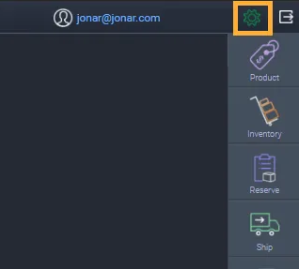
From the settings screen select the bank reconciliation option in the financials card.
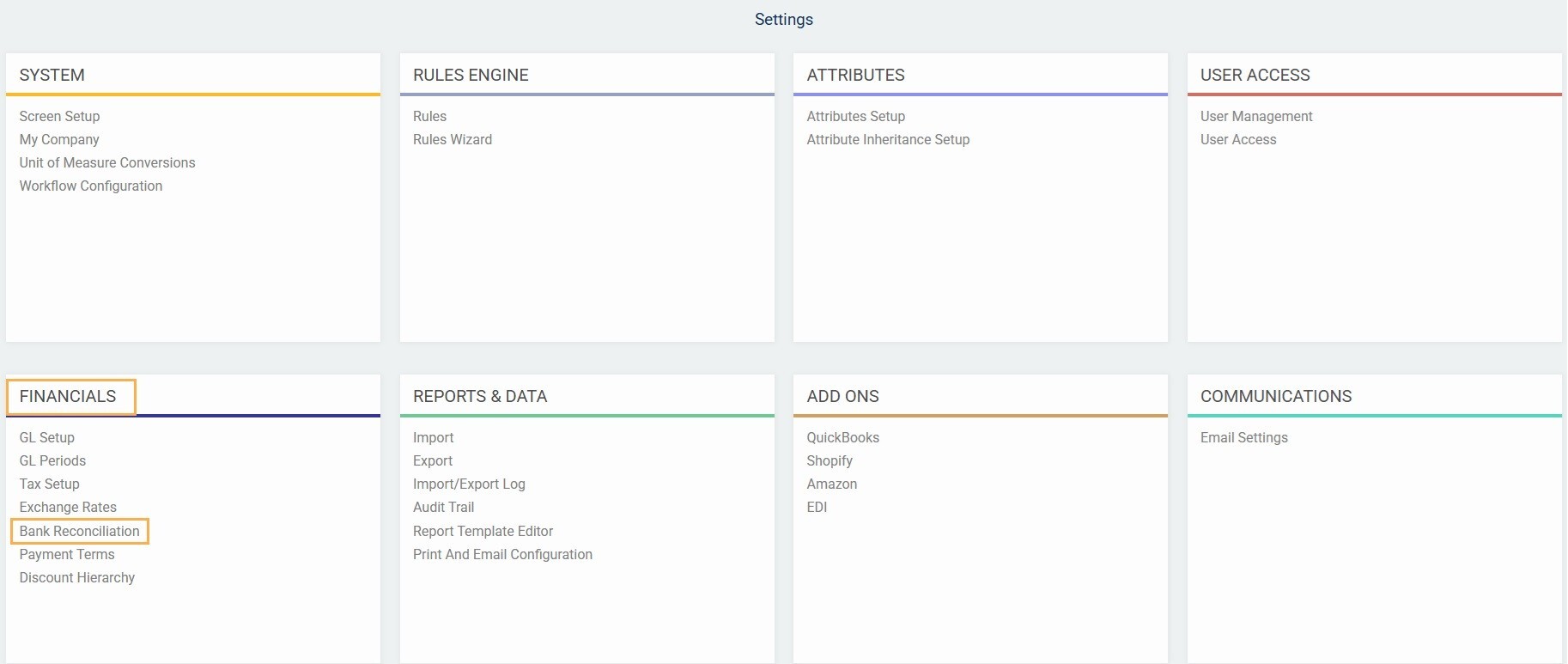
The bank reconciliation summary screen will appear.
Here, you can either manually enter your bank statements, or you can import your bank statement via an excel sheet. We'll walk you through each of the options.

Option 1: Manually enter your bank statement
First, click the add button.
Then, start filling in your information:
- Line number. This will populate automatically. It is the line ordinal number.
- Bank clearing date. This is the date on which you received your bank statement for the transaction in question.
- Type. This is the type of transaction. It could be a payment, deposit, or adjustment.
- Reference. This would be a short note you'd like to add to the posting.
- Amount. The amount of the transaction on the bank statement.
- Linked transaction. The sequence number of the corresponding transaction in Paragon.
- Linked line. This would only be filled with an Excel line number if you import your bank statement.
- Period. The GL period in which the bank statement was issued.
- Reconciled. This will either be a red x, or a blue checkmark. This is to signify whether the transaction has been reconciled or not.
Option 2: Import your bank statement
If you'd like to import your bank statement in one shot via an Excel sheet, follow these instructions.
First, contact us at support@paragon-erp.com, and we'll send you the bank reconciliation template.
The template will look similar to this:

- transactionLineID. This will be the ordinal number telling the system what line will be listed first. In this case, we would be importing the 4th line.
- bankAccountID. This will be the account number of your bank account. You'll find this in the financial tab of my company found in the settings.
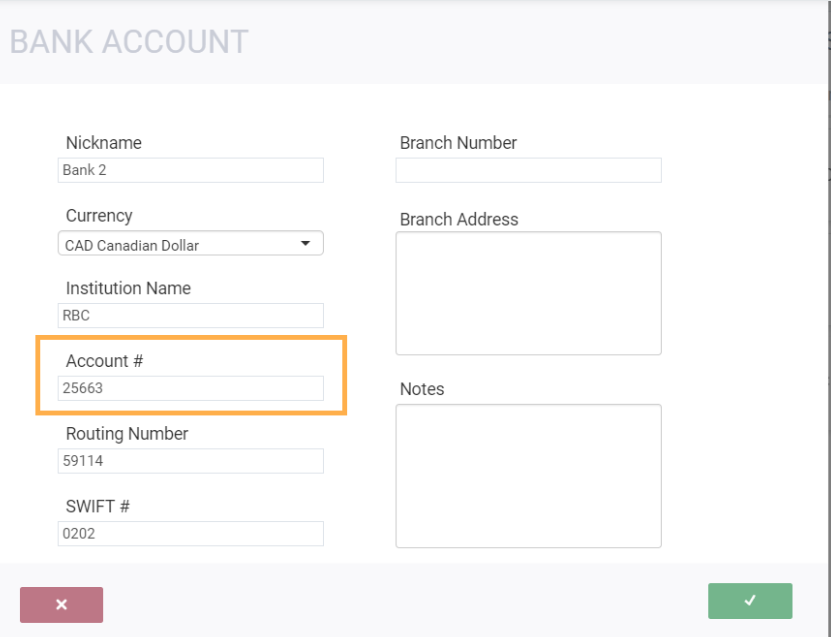
- transactionDate. Enter the date of the bank statement in the format of YYYY-MM-DD
- transactionType. Leave this field blank. You will manually fill it in once your import is complete.
- amount. The absolute amount of the transaction. Don't make any amount negative, as this will automatically happen when you select the transaction type.
- description. You can enter a note here if you wish. It will show up in the reference column when imported.
Once you're ready to upload the file, click the action button at the bottom right hand of the screen.
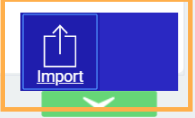
Click import. Select your file and upload.
The bank statement transactions will appear on your screen, and you can start matching up transactions.
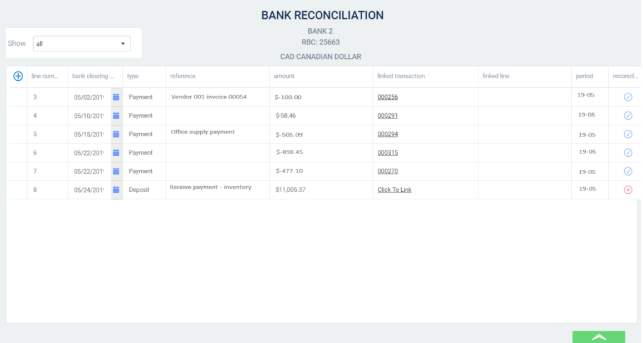
Link your transactions
Once you've chosen your transaction types, and are ready to link your transactions, click the click to link option. A modal will pop up and you should see your transaction to link.
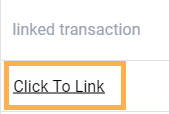
Select your transaction, and click the accept button when you're finished.
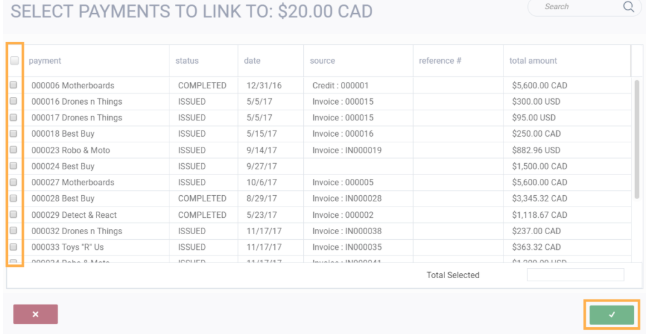
Once you've finished linking your transaction, you'll see that the reconciled column will have a checkmark to show it was reconciled.

Modify lines
If you want to modify lines on your bank reconciliation list, you can right-click on the line to access these options:

What's next?
Once you're done with your bank reconciliation, you can move forward with confidence, and reconcile as many accounts as you'd like.
![paragon logo-1.png]](https://support.paragon-erp.com/hs-fs/hubfs/paragon%20logo-1.png?height=50&name=paragon%20logo-1.png)